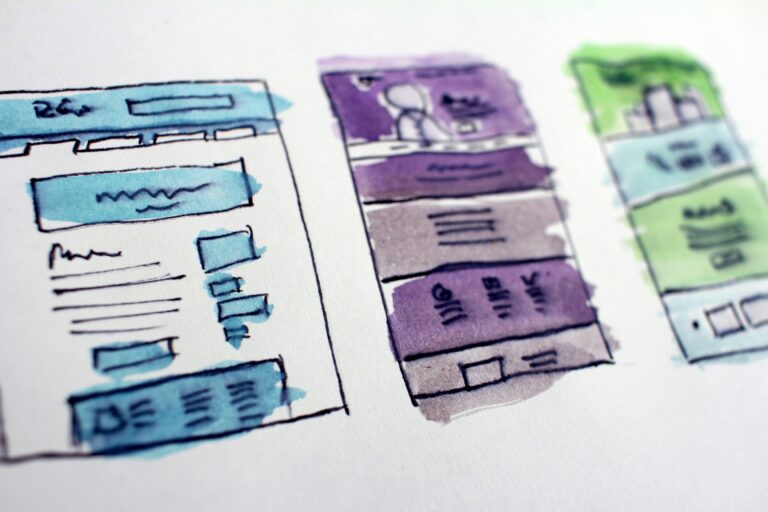Why it’s important to refresh your website every 5 years.

If your company website hasn’t undergone any significant changes recently, it’s time to consider doing something about that. In fact, you should redesign your website every five years. Doing so can improve user experience, decrease costs, and help you keep up with the latest features and technologies. Keep reading to understand why.
1.) Improve Your User Experience (UX)
First impressions can make or break you! Don’t lose leads simply because your website is disjointed, dated, doesnt work on mobile, and doesn’t explain your services. A website should be more than just project photos.
User experience is critical to the success of your website. A good UX will help visitors navigate your website, find the most important content, and understand the actions they need to take. A poor user experience will frustrate your visitors by preventing them from seeing what they want and tripping them up when they submit a form or purchase. You can solve this problem by redesigning your website every five years.
Visitors who encounter an optimized user experience are more likely to engage with your content. Meanwhile, visitors who have a terrible experience will become frustrated and leave to find a website that is easier to navigate.
When redesigning your website, you can improve UX using modern, well-researched design principles. A well-designed website that is easy to navigate can increase engagement and conversions.
2.) Achieve Better SEO Results
Search engine optimization (SEO) is essential to driving traffic to your website. Websites that aren’t optimized for search engines are unlikely to appear in the top results for those looking for their services.
SEO is a field that’s constantly changing. If your website was optimized for search engines years ago, it might not achieve the same results today that it did in the past. Search engines like Google constantly tweak their algorithms, and website owners must keep up with those changes to stay relevant.
When you redesign your website every five years and keep SEO in mind, you help to improve your search rankings, increase traffic, and generate more leads and conversions.
3.) Mitigate Costs
Are website redesigns cheap? No.
But it’s much costlier to redesign a 15-year-old website than a 5-year-old website.
Processes, such as a website redesign, require more labor and time on old interfaces. As software evolves, your old website gets further and further behind.
When a redevelopment project is underway, more of the website must be rebuilt from scratch. Here are some examples.
- Data Migrations: More work will need to be done to migrate old content into a new system because the old and new databases don’t match up.
- Old Code: Old technologies, plugins, and code libraries will no longer be applicable and must be replaced.
- Information Architecture: The website’s structure, such as its information architecture, URLs, and navigation, might need to be reworked entirely.
- More significant Design Project: A complete website redesign, rather than a facelift, will be necessary to refresh the look and feel.
- Editorial Experience: New systems must be implemented to meet your editorial needs, which will have evolved in the years since your last website development project.
You’re better off having a website redesign performed every few years rather than every 10-15 years. But suppose you get to the point where you haven’t redesigned your website in a long time. In that case, it’s an excellent opportunity to do a significant overhaul and rethink all aspects of its design and functionality.
4.) Take Advantage of New Features and Technologies
There are constantly new features available to better your processes. Your website should work FOR you, rather than against you, and help take some of the load off your sales team.
New features (from the last 1 year) that you should consider:
- Ai
- Parallax Scrolling
- Optimized Voice Search
- Dark Mode Standardization
- Improved Security
- And so much more!
At the end of the day, advances in technology are to benefit the consumer, but also the company behind the brand as well. Don’t miss out on new helpful features simply because you’re comfortable with what you have. The old saying “If it’s not broke, don’t fix it,” does not work when the internet is constantly evolving.
5.) Stay Ahead of the Competition
In conclusion, redoing your website is not just about giving it a fresh coat of paint—it’s about staying ahead of the competition by delivering a superior user experience, optimizing for search engines, enhancing your brand image, integrating new technologies, prioritizing mobile optimization, and leveraging data and analytics for continuous improvement. By investing in a website redesign, you can position your business for long-term success and maintain a competitive edge in today’s digital landscape.

